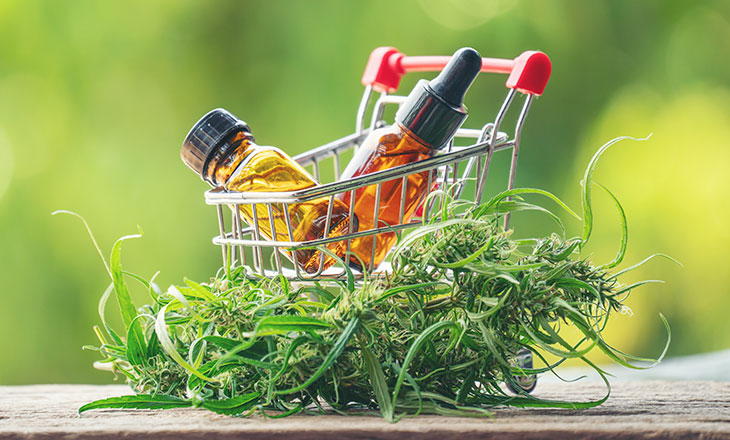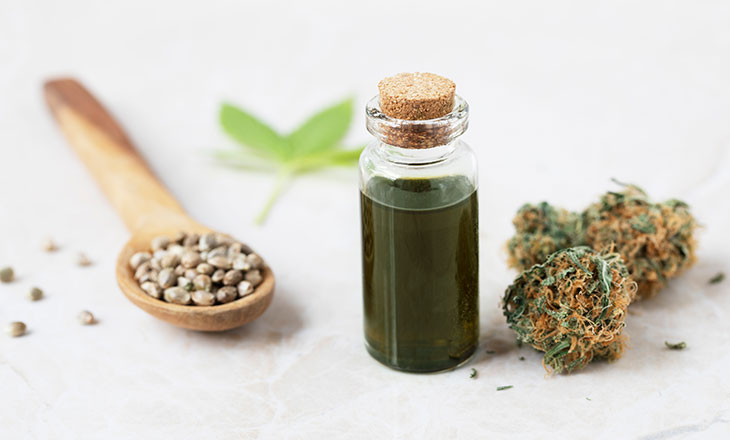Review and Understanding CBD Manufacturing Process
CBD or Cannabidiol has been trending in natural product industries. It is believed and studied to influence health issues, including pain, anxiety, or stress. In this article, let us find out how it has undergone a manufacturing process for the benefit of a growing number of people.

Stage 1: Organic Farming
CBD products usually start in natural strains of hemp or a strain named Indica. The hemp is grown in soil rich in nutrients. There are strict guidelines for the farming stage and use organic procedures.
This stage aims to produce quality and natural strain of hemp. It also moves with the purpose of providing safe, regulated, potent, and consistent products.
Plant harvest is under control because:
- Certified seeds are only approved under low-THC hemp and used for cultivation and extraction of CBD.
- Only contract farmers can undertake the job. They must comply with the regulations and protocols of the Agricultural administrators.
- Farmers should have a permit from authorities before cultivating hemp.
- Hemp must be pesticide-free.
- Verification must be done to assure the hemp is registered.
- Only the best quality of cannabis must be used for production.
- Quality control of harvest must be carried out.
- Proper storage must always be considered.
The harvest can be done through labor and machinery.
By hand labor:
- Base cutting of stem and hauling of plants is done out of the field. It requires time and physical effort.
- It can grow a good number of plants but can be lost because of inadequate time of harvest. Labor is not always enough for more significant transactions.
- Sharp tool maintenance will help to save effort and time in case of the need for labor.
By machinery:
- Use of debudders or buckers.
- Wet or dry stems are fed into the machine.
- The holes are the size of a plate for the allowance of stems passing through.
- Stems are pulled by rollers and stripping the leaves or buds.
Stage 2: Hemp Processing
Dried plants are stored in a warehouse after being harvested. In production, plants turn into coarse powder through milling. The procedure follows the standards of the industry. It is transferred to the manufacturing and processing facility.
Stage 3: Extracting and Separating
The products undergo extraction and purification. This stage ensures the guarantee of organic preservation. It removes unwanted compounds and stops the degrading of natural molecules. Its result is the high quality of hemp oil.
It can use:
- CO2 pressure and heat in controlled degree
- Ethanol as an additional extraction substance
- The production of flavorful extract through carbon dioxide extraction
- Olive oil but should be stored in a cool and dim place
Stage 4: Distilling
By nature, a cannabis plant has unpredictable and inconsistent qualities. The smell, taste, and potency of CBD may significantly vary. These contradictory attributes flow in the end product causing unwanted variations.
To be able to have a consistent result, the components shall be isolated, separated, and infused into the item. It must be done and possible through distillation.
The isolation can be done and infused to various products like vape, pills, pen, and topical solutions. A controlled measure can create flavor separately, making replicable, predictable, and consumable end-product.
A distillate contains typically approximately 80% of CBD. It also consists of cannabinoids, terpenes, and some other plant oil, crude, and extract. Because of the presence of minor cannabinoids and terpenes, it is still assumed as a wide spectrum product.
Stage 5: Isolating
THC is the compound that gives the “high” in association with Cannabis. An essential step in the procedure is to get rid of even the tiniest trace of THC.
Isolation can be made through the use of technology that removes the unnecessary compound and still extract the oil. Washing and polishing are required to get out the best quality with zero trace THC. Because of this, it can be shipped across different states and most countries in the world.
The appearance of a further refined substance from the distillation process is comprised of 99.5% CBD. It has purified, crystal, and white cannabidiol.
Stage 6: Internal and External Laboratory Testing
Every product must be tested for quality and potency. It is an assurance for consistent and pure results. Every batch undergoes in-house or internal lab testing. After passing it, it acquires Analysis and Quality Assurance Certificate that makes it available for customers. After that, there has to be third-party or external laboratory testing done monthly for verification of the certificate.
Some additional testing includes:
- Analysis of Heavy Metals like Arsenic, Lead, or Mercury
- Aflatoxins, Mycotoxins, and Pesticides
- Terpenes
- Microbial Testing of Cannabis
Stage 7: Nano-emulsifying
Some processors do this procedure to make CBD fully bioavailable in the industry. This process can make formulas three times more available than oil-based results and water-based hemp oils.

Final Notes
Following procedure is always relevant in any methodologies. The steps are crucial for better outcomes. But also, complying with the standards will lead you to the achievement of your desired goals or purpose in using CBD and any product of good value.
This is a guest post by Alan Wood
































































































